Jeffrey Silverthorne (1946-2022) was an artist, photographer, and educator. He died on Saturday June 4, 2022 after a protracted battle with prostate cancer. He was among the first generation of college educated photographers who trained with modernist masters Harry Callahan and Aaron Siskind at the Rhode Island School of Design.
Silverthrone took on photography with a passionate and humane eye. Like many artists, he worked through a series of self-directed projects – adjusting, elaborating, and changing his approach, but always returning to explore the dominant themes in his life; a connection to the human figure and mortality.
When Silverthorne walked into Book Beat around 1989, he brought with him a maquette of his book morgue work. Bound into a black three-ring binder with the title Listen… The work was done in 1972-74 when he was twenty-five and completing his Master of Fine Art degree. There was nothing subtle about the work, but it possessed a timeless quality —a recognizable style and singular voice. There was an immediate recognition of a master image-maker, someone assured and in control of his direction.
When asked how he began the series, Silverthorne brought up Diane Arbus who was a visiting guest at his college. He asked her, “Have you ever photographed a dead body?” She replied, “No. Why would I? There’s nothing interesting going on there.” The reply stunned him. This was the time of the Viet-Nam war, when battlefield photography and death was televised daily. The Arbus comment led Silverthorne to seek out and commit to the subject.
Overlapping the morgue work, Silverthorne began a series of transgender portraits with origins at the Homestead, a notorious Providence, Rhode Island bar. Soon he was taking portraits inside homes.The work was subversive and cutting edge, one of the first serious studies of transgender life in photography. Silverthorne’s gentle nature allowed strangers to open up to him and be relaxed. He was drawn to the theatrical and sets, locations that framed and elevated his subjects.
His photography is intense, shocking, and often transcendent. There is a mythic, romantic aspect in the work that is sobering, even beautiful in a conservative way, positioning the work beside classic portraiture and fantasy. History lives in the work. His series the Silent Fires of the early eighties, moved the work deeper into realms of pure theater, reconstructing the myth of Orpheus and Eurydice into an urban underground drama—transforming the subject matter into rich poetic material often quoting from painted masterworks.
In his monograph Directions for Leaving (2007) Pulitzer Prize winning author Annnie Proulx, and a fan of his work wrote, “We come away from Silverthorne’s work with heightened perception on many levels, feeling the weight of human existence, the jokes that genes, luck and circumstance play on all of us.”
Book Beat held seven exhibitions of his work between 1990 and 2004, realeasing one monograph, a series of transgender images as a postcard set, and Goth a handmade artist book with tipped-in photos of Detroit Goth kids. Some of his last works were intricately painted and layered images that used a permanent heat transfer technique he discovered through thermal printing and developed into a unique collage series. His experiments drove his photography into wonderful and exciting new directions. Silverthorne was always changing techniques, taking risks, and putting himself on the line.
Silverthorne and Detroit
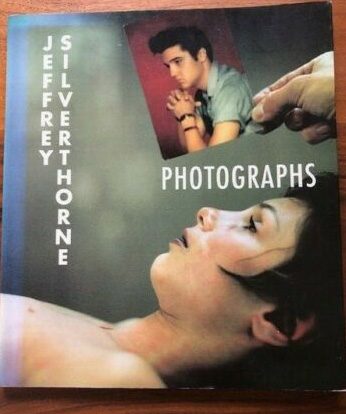 Book Beat published Jeffrey Silverthorne Photogarphs (1993) one of the first catalogs of Silverthorne’s work in partnership with Gallery A of Stuttgart, Germany. Around ’91, I was given a discarded collection of 1950s negatives taken by an unknown amateur photographer of nude women shot in seedy motel rooms. The collection was passed on to Silverthorne, who began cutting into them with his own work. A theatrical series called ‘The Detroit Negatives’ resulted —with Silverthorne eventually assuming the persona of itinerant motel photographer, using local area models and cheap motel locations around Detroit. He developed these small dramatic scenes into the ‘Businessman’s Lunch’ series which was similar to the Detroit Negatives except for larger rooms and a budget with food and props.
Book Beat published Jeffrey Silverthorne Photogarphs (1993) one of the first catalogs of Silverthorne’s work in partnership with Gallery A of Stuttgart, Germany. Around ’91, I was given a discarded collection of 1950s negatives taken by an unknown amateur photographer of nude women shot in seedy motel rooms. The collection was passed on to Silverthorne, who began cutting into them with his own work. A theatrical series called ‘The Detroit Negatives’ resulted —with Silverthorne eventually assuming the persona of itinerant motel photographer, using local area models and cheap motel locations around Detroit. He developed these small dramatic scenes into the ‘Businessman’s Lunch’ series which was similar to the Detroit Negatives except for larger rooms and a budget with food and props.
Silverthorne taught at Notre Dame college in South Bend, Indiana, and on weekends, he’d arrange model shoots around Detroit. He would frequent thrift stores and flea markets, scavenging images and objects to photograph. In New York City, Silverthorne found a large group of body-builder transparencies, making sandwiched collages from them into rich cibachrome prints that he called the ‘Pussy Boys’.
In Detroit, he picked up small pop-culture artifacts, including a small dandified monkey figure for a darkly humorous and gloomy set of Polaroids titled ‘Mr. Lotus Smiles and Christ’s Entry into South Bend’. His Polaroid work produced beautiful and voluminous floral still-lifes. Around this time he also began a group of surreal assemblage sculptures, which he later destroyed.
Mr. Lotus and Tex-Mex
Silverthorne’s wife, painter Michele Provost wrote in an email;
Jeff was showing the Mr. Lotus work to a friend who is also a photographer, and asked his friend what he thought the narrative was about. The friend said, ‘Well, it looks like a little guy on a journey.’ Jeff loved that description and thought it was perfect. As you know, he used many of the asian pieces in tandem with Mr. Lotus (his alter-ego), another monkey Le Patineur (it wears ice skate blades), and others in his dresser top narratives. In these he was creating his own fairy tales about life and encountering death.
Silverthorne began using video during his series ‘Letters from the Dead House’ (1986-91) a return to the morgue where he introduced photos and ephemera onto the work—imagining conversations and memories beyond death. Later he began to assemble a rough cut of video work. He also shot video for the Destroy All Monsters reunion held at the Magic Bag in 1996, which was released as the band film Clear Day. Around that same time he began to visit and document at Detroit goth clubs. Some of the results were produced in Goth, a limited edition book.
 Silverthorne’s Tex-Mex series (1985-96) began while teaching at the University of Houston, where Lynn Foster, an older student, invited him on a jaunt shooting the sex workers of Boystown, in Nuevo-Lerado, just south of the Texas-Mexican border. In both Tex-Mex and Letters from the Dead House, Silverthorne began to enter the photographs as both a witness/ photographer and performer/ actor. Receiving a National Endowment for the Arts grant in 1986, Silverthorne began photographing the area several times a year often accompanied by Foster. “To me it was a place of the contradictions,” wrote Silverthorne, “Beauty, ugliness, greed, generosity, tenderness and violence that living could offer.” Anne Birleau, curator of Prints and Photography at the Bibliothèque Nationale of France also writes in Boystown: the Perfume of Desire:
Silverthorne’s Tex-Mex series (1985-96) began while teaching at the University of Houston, where Lynn Foster, an older student, invited him on a jaunt shooting the sex workers of Boystown, in Nuevo-Lerado, just south of the Texas-Mexican border. In both Tex-Mex and Letters from the Dead House, Silverthorne began to enter the photographs as both a witness/ photographer and performer/ actor. Receiving a National Endowment for the Arts grant in 1986, Silverthorne began photographing the area several times a year often accompanied by Foster. “To me it was a place of the contradictions,” wrote Silverthorne, “Beauty, ugliness, greed, generosity, tenderness and violence that living could offer.” Anne Birleau, curator of Prints and Photography at the Bibliothèque Nationale of France also writes in Boystown: the Perfume of Desire:
Silverthorne arrives at a tour de force, producing a body of work that is a dialog between bodies in movement, stream of consciousness, and a flow of time, all creating a dynamic resonance. A body of work which, without exaggeration or hyperbole, forms the narrative of transgression.
Memento Mori
One of Silverthorne’s last series was Susana and the Elders. Here Silverthorne again broke the fourth wall, confronting taboos and his own mortality; juxtaposing age and youth, reenacting a biblical and dramatic tableaux of time. “All photographs are memento mori,” wrote Susan Sontag in On Photography, “To take a photograph is to participate in another person’s (or thing’s) mortality, vulnerability, mutability. Precisely by slicing out this moment and freezing it, all photographs testify to time’s relentless melt.”
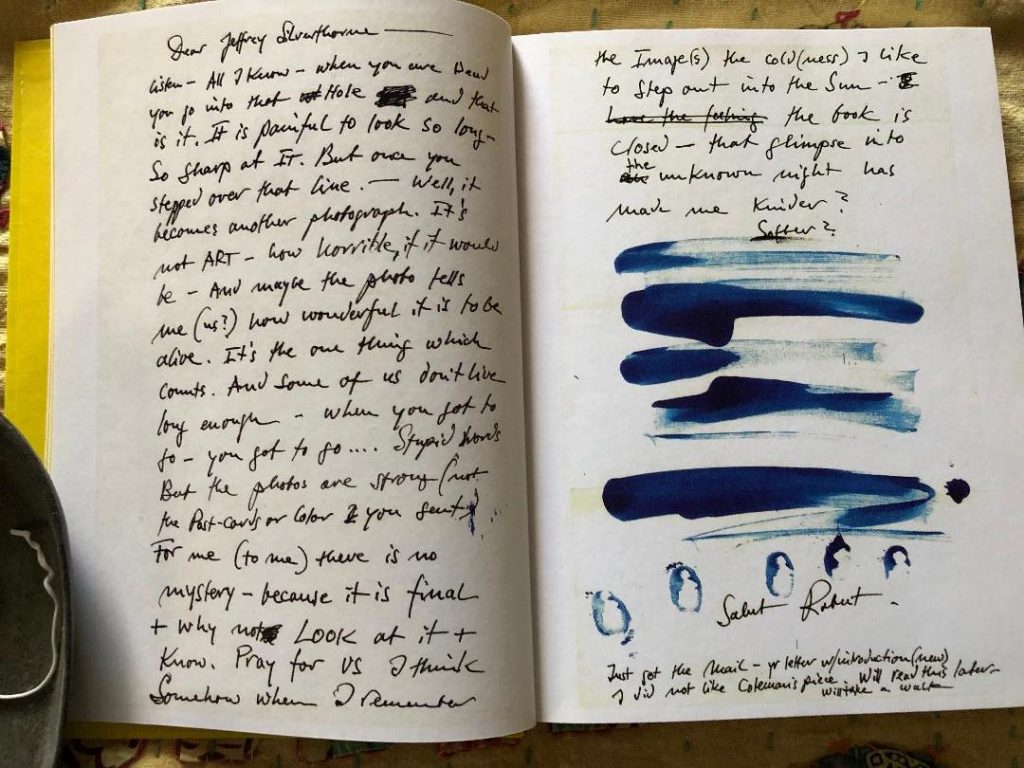
Silverthorne had a decades-long conversational friendship with Robert Frank. They talked on the phone often. Frank wrote a highly personal reaction to the later morgue work of the 90s published in facsimile form in Directions for Leaving. Frank wrote:
Dear Jeffrey Silverthorne, listen—All I Know—when you are dead you go into that Hole and that is it. It is painful to look so long—So sharp at It. But once you stepped over that line.—Well, it becomes another photograph. It’s not ART—how horrible, if it would be—And maybe the photo tells me (us?) how wonderful it is to be alive. It’s the one thing which counts. And some of us don’t live long enough—when you got to go—you got to go…. Stupid words, But the photos are strong (not the post-cards or the Color you sent). For me (to me) there is no mystery—because it is final and why not LOOK at it and Know. Pray for us. I think Somehow when I remember the Image(s) the cold(ness) I like to step out into the Sun—the book is closed—that glimpse into the unknown might have made me Kinder? Softer? Salut Robert- just got the mail—yr letter w/introduction (new) I did not like Coleman’s piece. Will read this later—will take a walk.
Frank was a central figure for Silverthorne (and nearly all photographers everywhere) quietly critiquing American pop culture while enlarging possibilities of the medium. After driving by Frank’s New York home in 2016, Silverthorne caught him sitting on the stoop out front. He stopped and asked permission to take his portrait. Frank died a few years later in 2019.
After Silverthorne left the Book Beat gallery, he achieved greater popularity and opportunities overseas. He was shown in Paris, around Europe, and at the annual summer festival Recontre Photo d’Arles. A few years ago he wrote about looking for a place to live in the Brittany countryside with Michelle. They had checked out over forty houses, but concern for his health grew and that cancelled their plans for European residency.
Several monographs were published overseas; Directions for Leaving: Photographs 1971-2006 (2007), a retrospective; Jeffrey Silverthorne: Boystown the Perfume of Desire (2010) with large selections from Texas-Mexico; Travel Plans (2011) a catalog published by the non-profit Noorderlicht gallery in Groningen, Netherlands; and Working (2015) by Francois Cheval includes commentary by Silverthorne before each chapter, documenting his career in chronological order and remains the closest thing to an artist statement and overview of his work. In the opening essay of Working, Silverthorne wrote:
When photographing I want a physical experience that allows various ideas to wrestle with one another. When looking at a photograph I want a psychological space where words are worthless, where it is the intensity and complexities of wondering that form the measure of being.
During Covid’s early months, a Book Beat newsletter was being planned to feature Silverthorne discussing his library and photo books. In December he emailed back with the news he had just started cancer treatments:
I wonder about aspects of being dead, too many to recount. And to take inventory of the past and live to the present and future. I read not too much, some Marion Woodman, Jung, and books on astronomy. I like books with pictures, but I don’t look at them, and I like learning about the folk kilns of Japan, ware such as Mashiko Shigaraki and Iga. These bring me back to the earth, I’ve lived far too many years in my head. I look but I do not read about looking, I’d rather look. I really don’t read much. I do photograph several times a week, on the outside very quiet pictures. I am tired of yelling or having someone else yell. It’s rather amazing how little good work is out there. Most of it looks like it has been run through a culturally competent filter. I crave pieces that are done so easily, fluidly, and on closer attention show a great command of the material and yet have no need to proclaim it. There is no sound necessary.
His wife Michele later commented:
Throughout the past couple of years, his reading was focused on books about aging and dying (Helen Luke), Jung, Taoism and books about Japanese and Chinese pottery, scrolls, fabrics etc. etc., the history, symbolism, aesthetics and processes.
The Book Beat newsletter changed directions from the library idea to what Silverthorne had been photographing now—his most recent “quiet” pictures. He discussed showing images shot in Europe and some from Providence. He was slowing down and no longer wanted (or needed) to shout. He rarely spoke about his illness. Silverthorne was highly energetic and inventive, fascinated by life. He had the ability to look and experience things in ways often difficult for others to understand. His devotion to the medium and especially the black and white darkroom print was exceptional.
A monograph of nearly 400 images is now being prepared by Silverthorne’s foundation in Paris. The revelations of Silverthorne’s art and his (re)discovery is left to the future. His work was unfortunately too complex, too loaded and maybe too alive. It demanded work and deep attention from the viewer. One of his favorite words was wonder – a word that best describes his work and practice. The following statement in November 2020 was sent to us by Silverthorne with many of the photographs pictured in the gallery below:
As I’ve grown older I live in spaces that are new to me. These spaces come from changes in the world and from my desires and fears. Unexpected curiosities and relationships have been ignited, outside and in, and they are food for my wondering. Looking and recognizing is work, it is also a pleasure. Photographing is how I make peace and find reason, my recent work is a result of this attention.
Special thank you to Michele Provost for her help with this post.

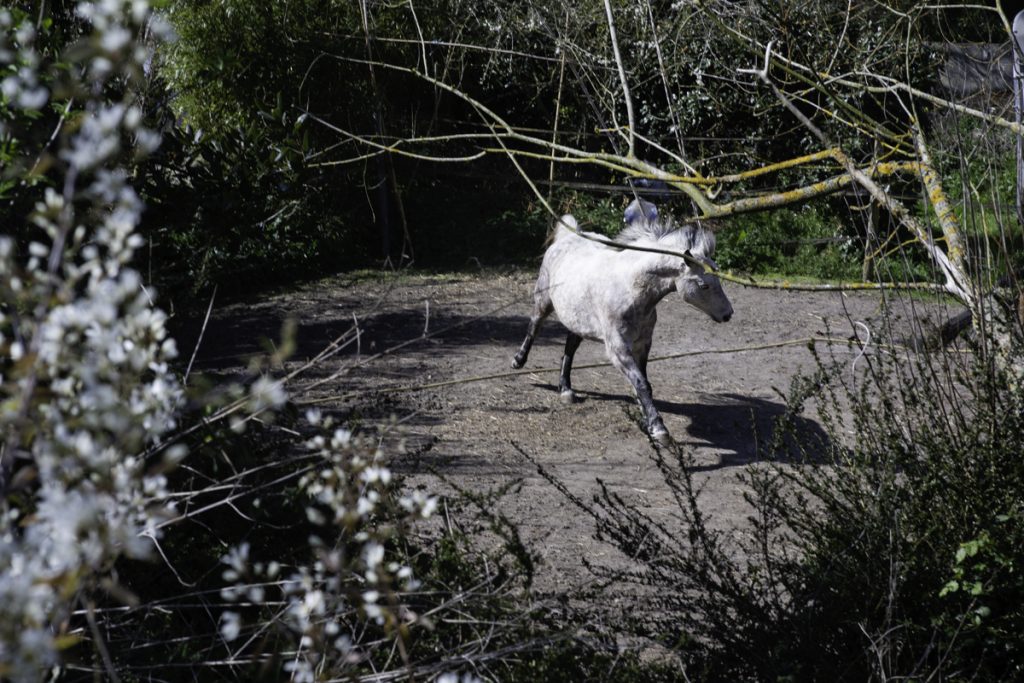
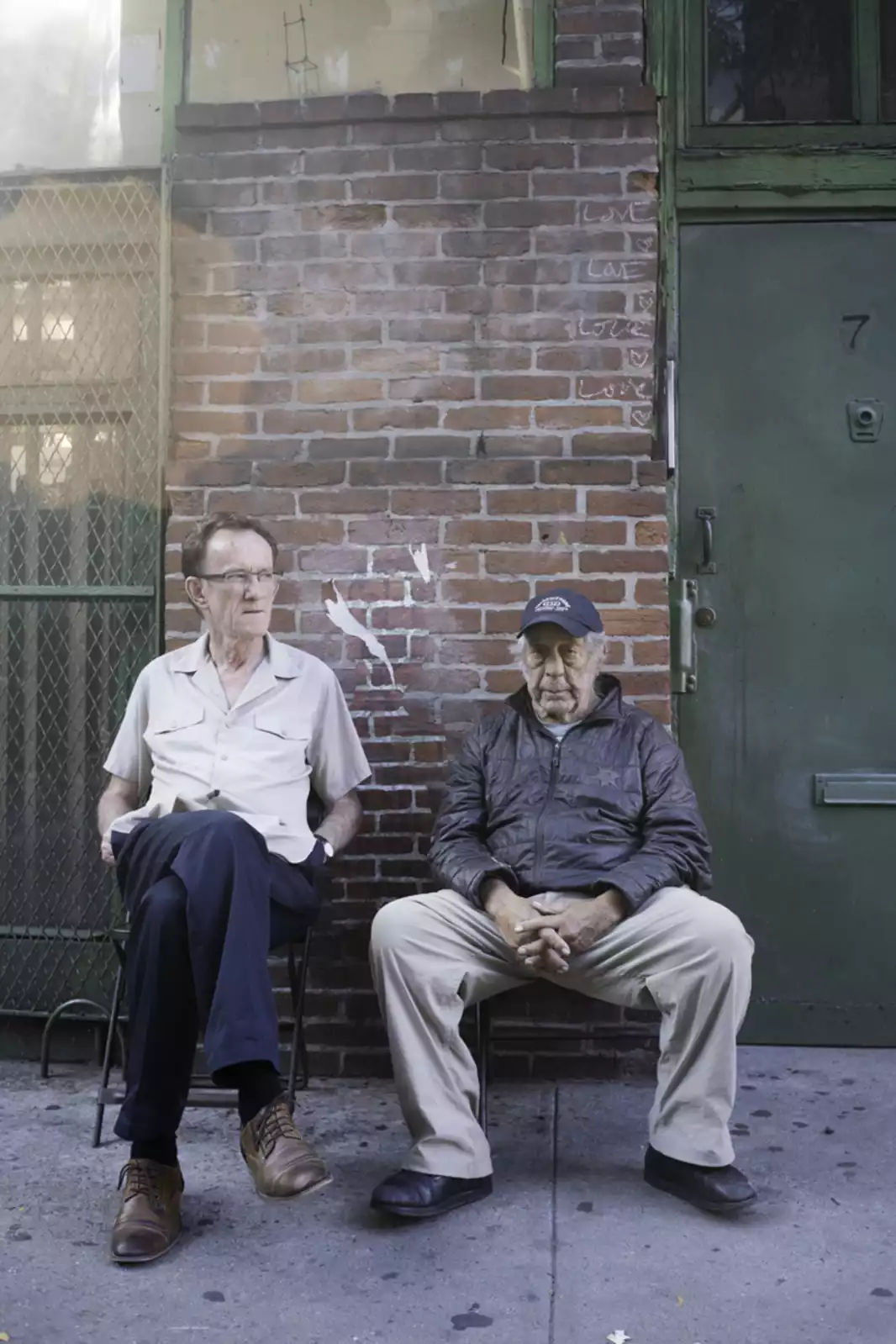


















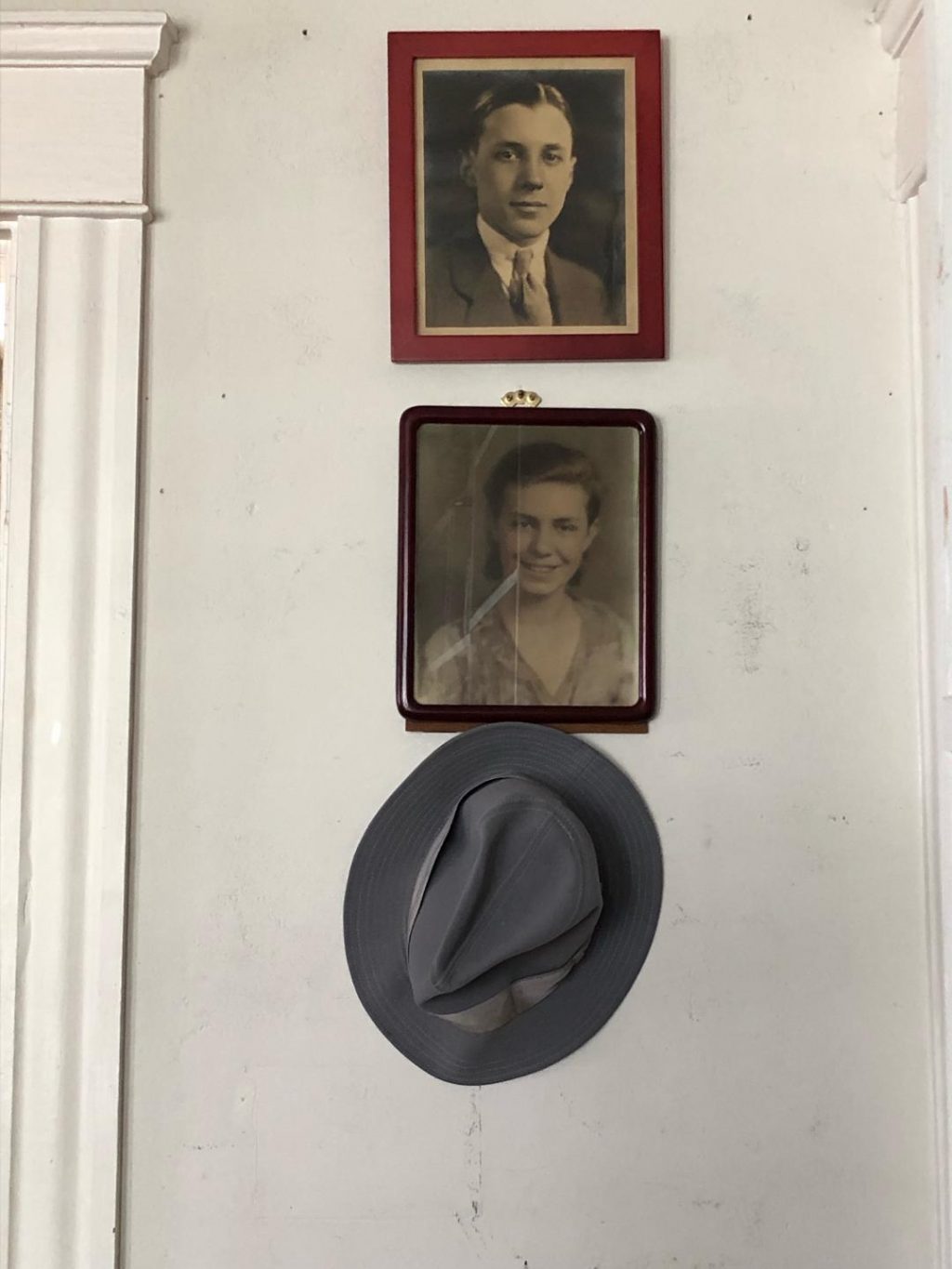
I knew Jeff for about 50 years. We didn’t see one another that often, but when we got together we were able to pick up where we left off. He was curious, well read and a joy to spend time with. We rarely spoke about photography, mostly we spoke about everything else.
Jeff was a gentle man and will be missed.
Sad to learn of Jeffrey’s passing, but enriched by this obit and history of his creative life.
Yes! Finally someone writes about jav.
Hi Beryl,
Thank you for stopping by and for your kind words.
~Cary